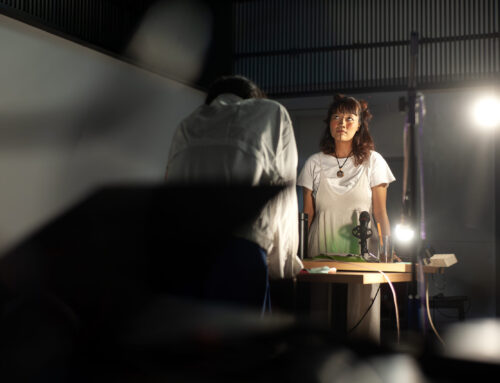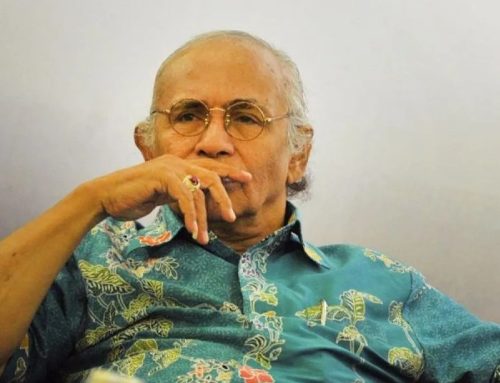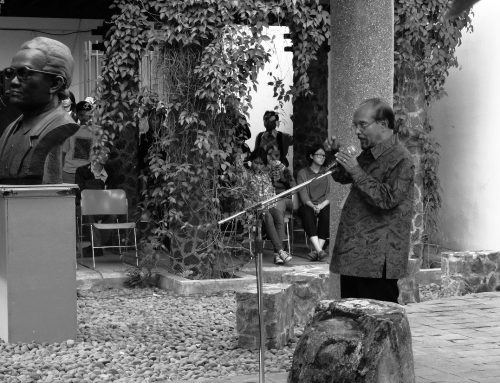At the Grand Indonesia shopping complex in Central Jakarta, people can watch water gradually fill entire restaurants, with giant barramundi fish and blue crayfish swimming among the floating chairs and tables and taking control of the defunct restaurants.
From Feb. 5 to 27, at the Arjuna Lobby and on level 3A of the Grand Indonesia mall, visitors can watch as the giant sea creatures make the inundated restaurants their habitat.
This surrealist event is Australian artist Craig Walsh’s video installation titled Incursion. Walsh’s installation is part of the ARENA: Jakarta Biennale 2009 festival, which highlights the issue of public space, and uses video projections to make people think about the environment that we live in.
“The work is actually made in miniature. It is a scale model with miniature furniture and real fish and crayfish filmed and projected back into real space. That’s how it became so accurate to the architecture,” Walsh said.
The tall, burly artist talked to reporters about his work Thursday. Calling his work a progressive sculpture, he said that in a way the work was homage to other species.
“It’s a play on their function as restaurants. Now, they occupy the restaurant. They are dominant. It’s their habitat as opposed to our habitat,” he said.
Walsh first presented the same work at the Nuit Blanche Festival in Toronto, Canada, in 2007. He had spent time in Hanoi, Vietnam, for an art residency in 2001.
He was invited to Jakarta to take part in the Biennale’s third and final phase, the Fluid Zone. Here, artists from Southeast Asia from Feb. 6 to 27 will participate in discussions and seminars and showcase their work in an exhibition at the National Gallery.
The five-month art event started in November with its first phase, the Understanding Zone, which featured the Jakarta International Film Festival (JiFFest), the Jakarta Literary Festival, the Jakarta Theater Festival and the Jakarta Choreography Festival. The second phase, the Battle Zone, started in January with site-specific art exhibitions at public spaces in Jakarta.
Fluid Zone curator Agung Hujatnikajenong said that the organizers invited Walsh because his work was relevant to the Fluid Zone theme that sees Southeast Asia as a place where different cultures meet.
“He found his inspiration while he was in Southeast Asia,” Agung said. He added that Walsh’ work was an art intervention into public spaces.
Walsh, who has held various exhibitions around the world, said that his work was always related to public space and architecture.
“I’m really interested in changing our expectations of our environment. I think the environment has such a major influence on our condition. What I’m trying to do with my art work is make people stand back and experience their environment differently,” he said.
While the work might remind people of the annual flooding in Jakarta, Walsh said that the work was not created with a specific city in mind.
“What’s interesting is that it does take a different cultural meaning by putting it in different locations. I’m very interested in that. I’m interested in how a new interpretation takes place in different places,” he said.
“I think, in a public space, people are far more open to interpret what this type of event might be,” he said.






